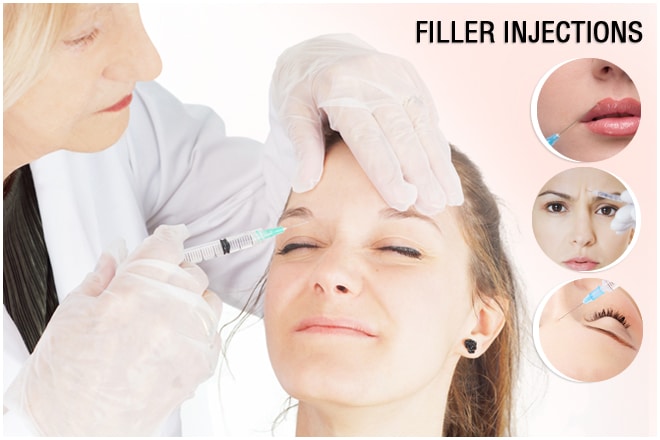Dermal fillers can have dramatic anti-aging results, and are a very popular alternative to facelift surgery. However, as with all medical aesthetic treatments, complications can arise after dermal filler injections.

One complication is the growth of biofilms on the filler gel after injection.
Definition of biofilms
Biofilms are aggregates of microorganisms. These minute cells adhere to each other and a surface—such as the dermal filler under the skin—where they form a microcolony. They absorb nutrients from the body and enter a growth phase.
Biofilms can consist of bacteria, fungi, and protozoa. The presence of biofilms can prevent wound healing, and can reduce the effectiveness of topical antibiotics.
Biofilms and dermal fillers
It must be noted that the development of biofilms is a rare event. However, if biofilms develop on fillers they can cause the formation of nodules, abscesses, and can inhibit skin wounds from healing. Biofilms may develop within weeks of the filler injection.
The nodules created can be tender, and can persist for months, causing discomfort and anxiety.
Biofilms may be responsible for some of the complications which were previously thought to have been due to allergic reactions. This hypothesis is supported by the fact that these “allergic reactions” had no associated formation of antibodies, and often resolved without the use of antibiotics. Nodules which develop after hydrophilic filler injections are now thought to be due to biofilms.
Treating nodules caused by biofilms
Post-filler nodules caused by biofilms should be treated with broad-spectrum bactericidal antimicrobials for 2 to 3 weeks.
Preventing biofilms
Prevention of biofilms is therefore an essential part of any aesthetic procedure using dermal filler injections.
Many cosmetic aesthetic treatments are performed in an office setting. Even though rigorous standards of hygiene may be practiced, this office setting will contain high numbers of resident bacteria, for example from acne-prone skin. Antiseptic precautions must therefore be taken both before and after the dermal filler injections.
The injection site must be thoroughly treated with an antiseptic solution such as povidone iodine, and the topical antibiotic mupirocin should be applied after the filler injections.
The client must be fully informed, and must report the development of any tenderness in the injected area.
Some scientists suggest that a prophylactic dose of broad-spectrum antibiotic should be administered to prevent the formation of biofilm. However, this course of treatment is not fully established.
Sources used in researching this article include the Journal of Cutaneous and Aesthetic Surgery article Biofilms: Their Role In Dermal Fillers
